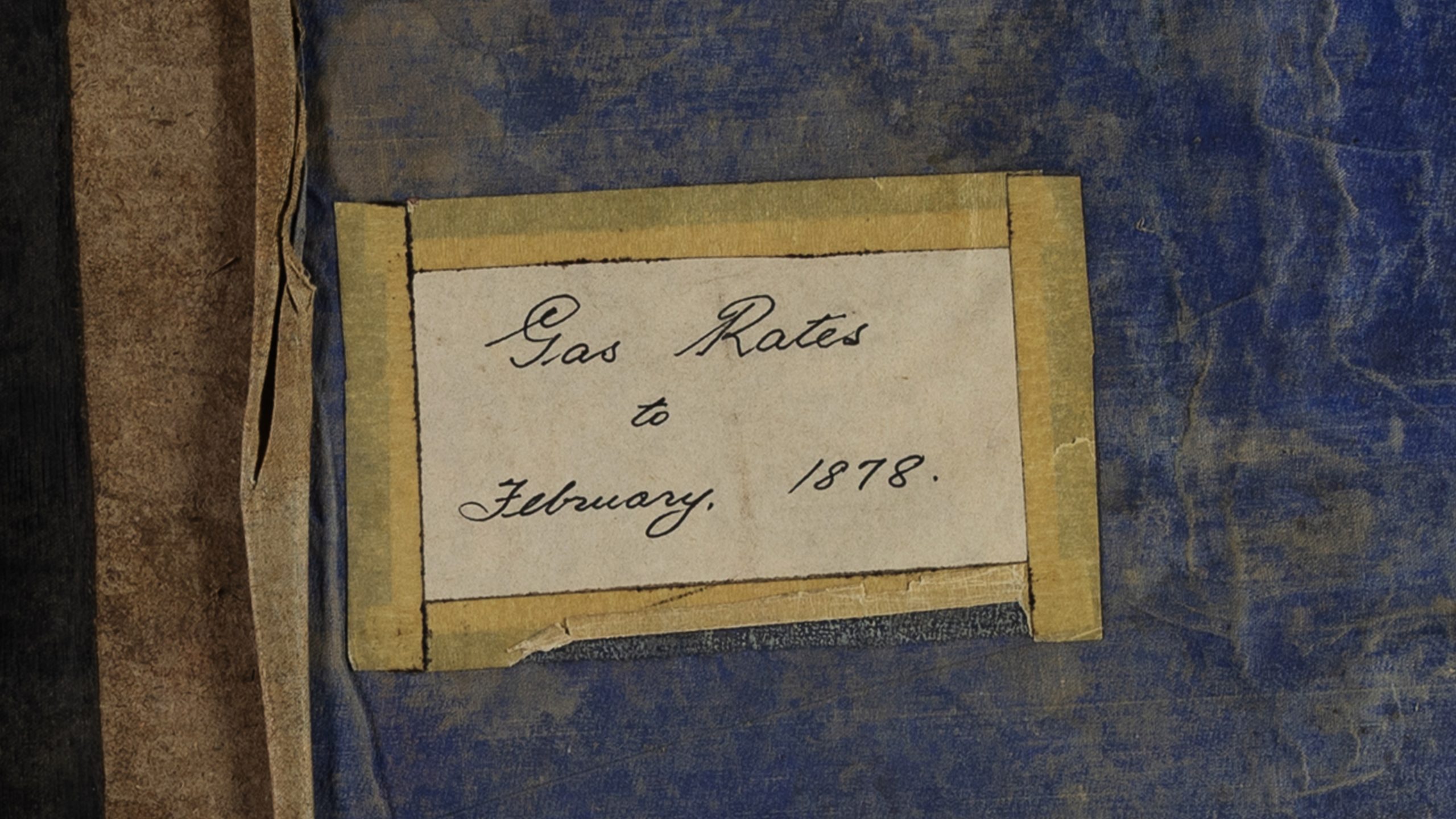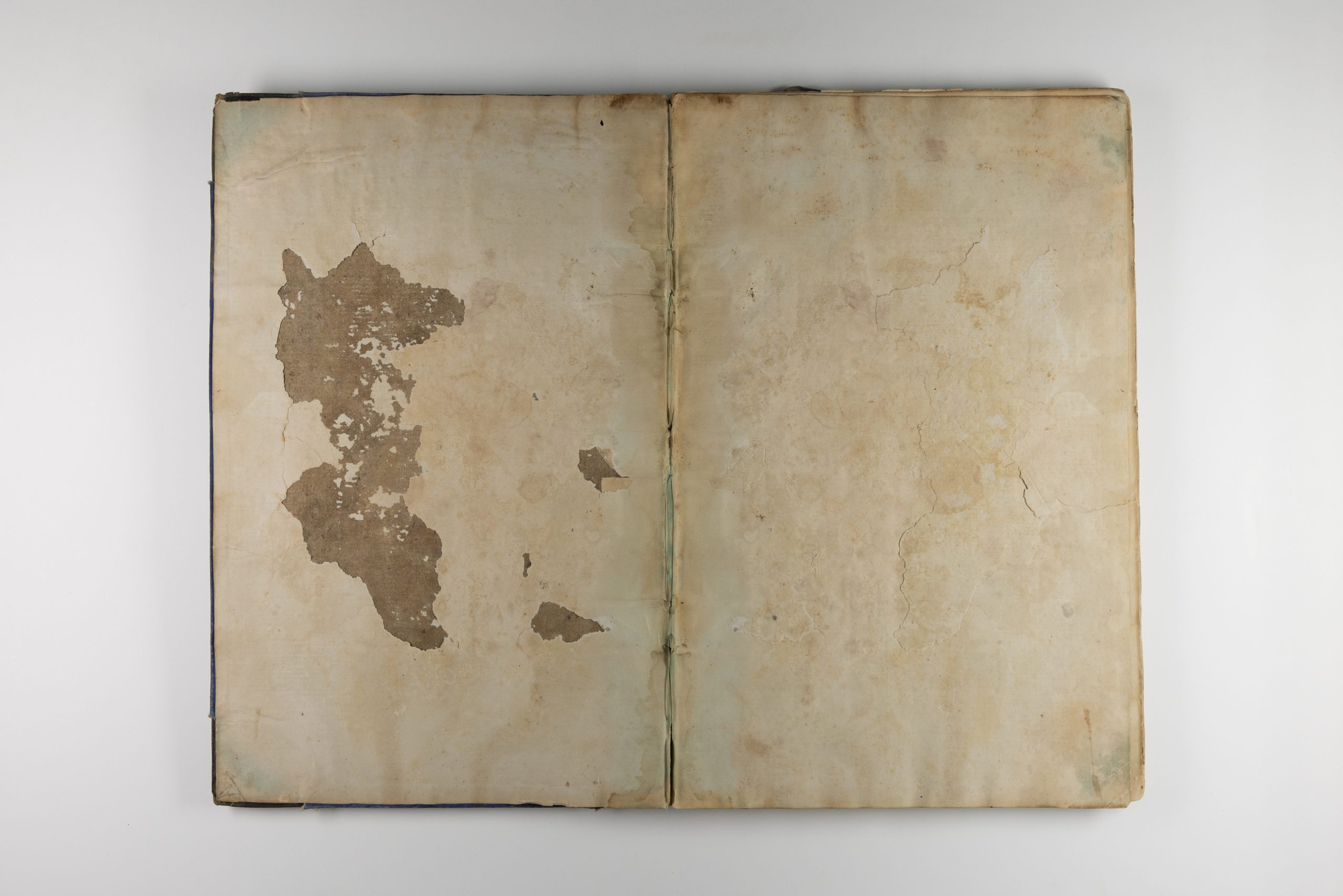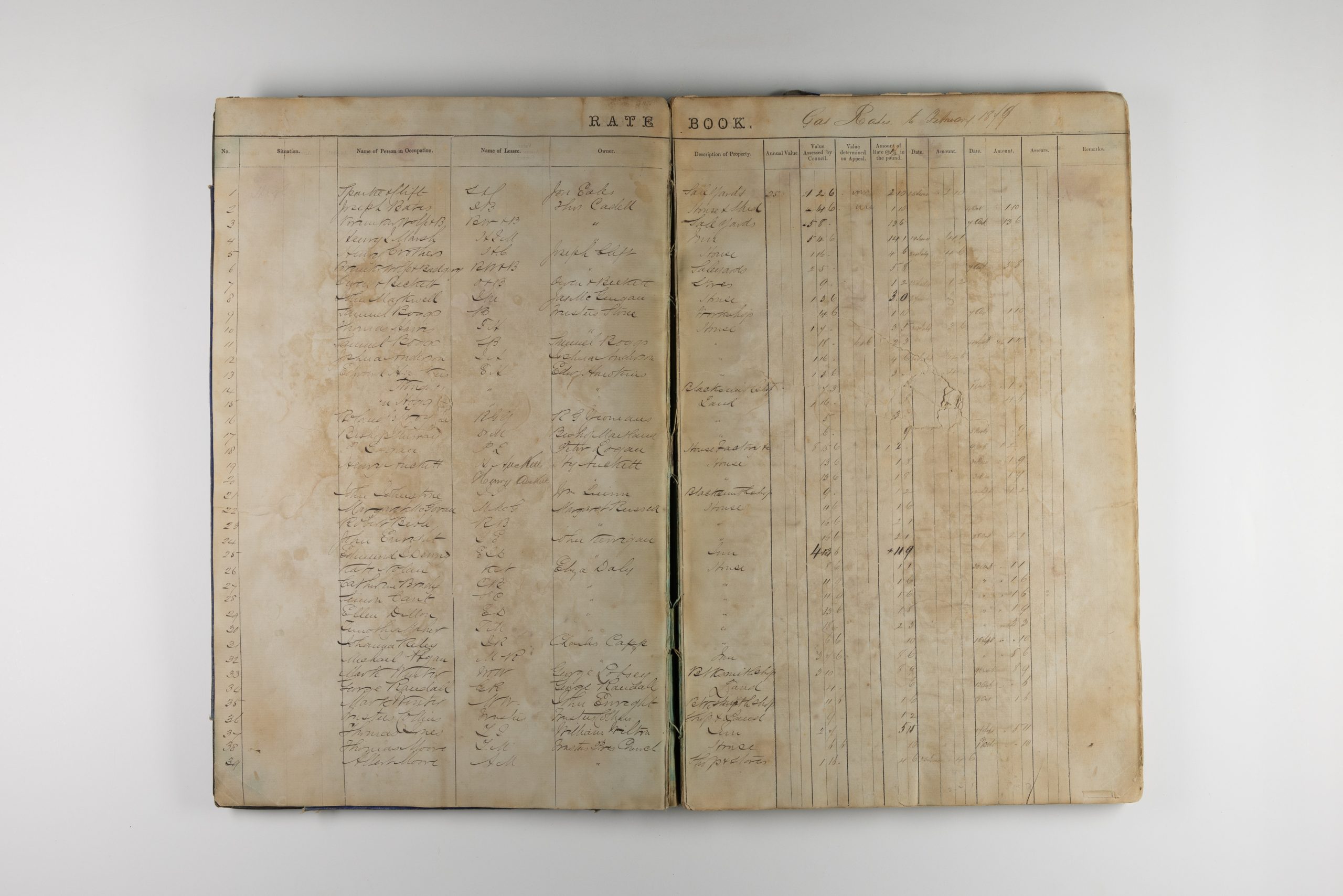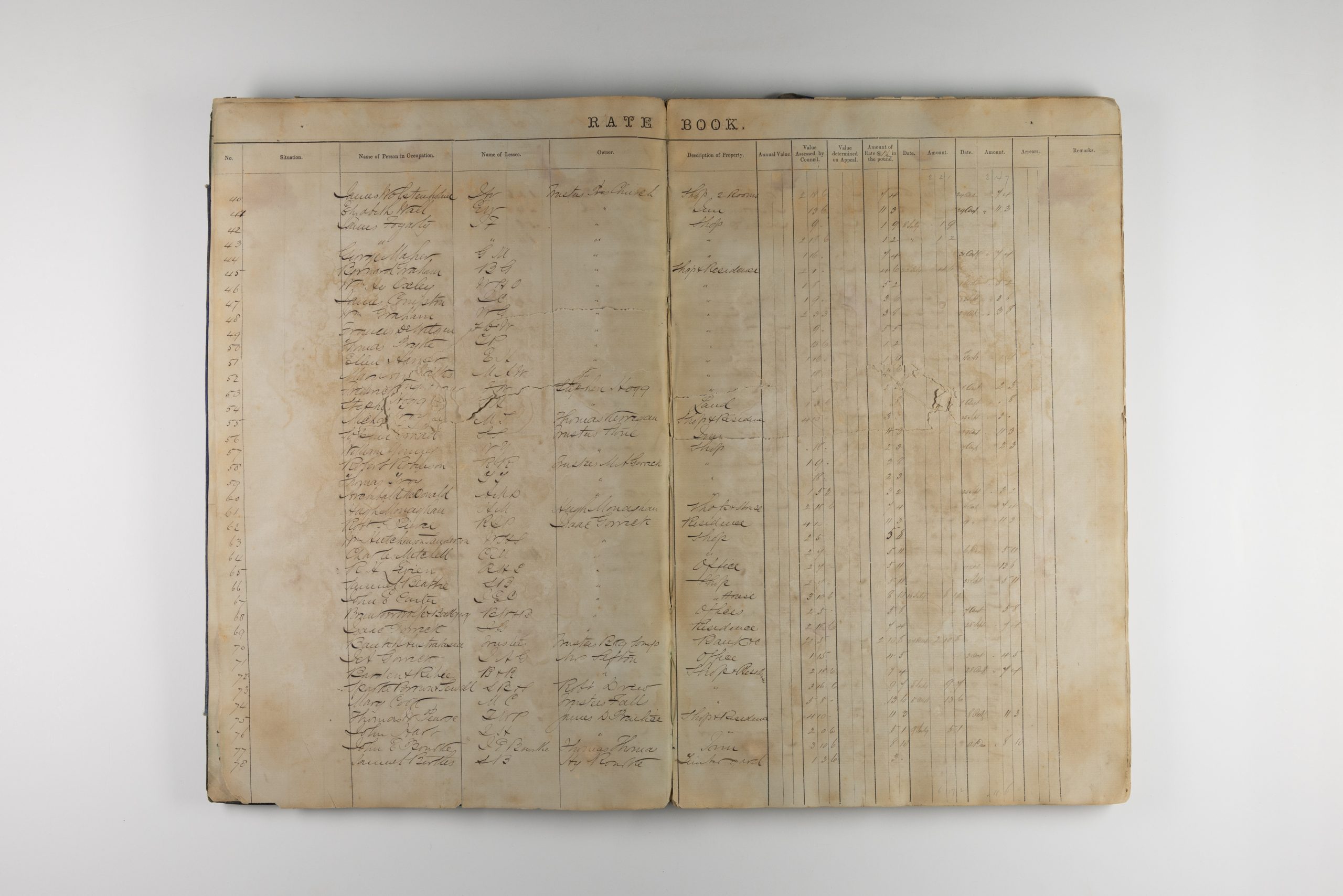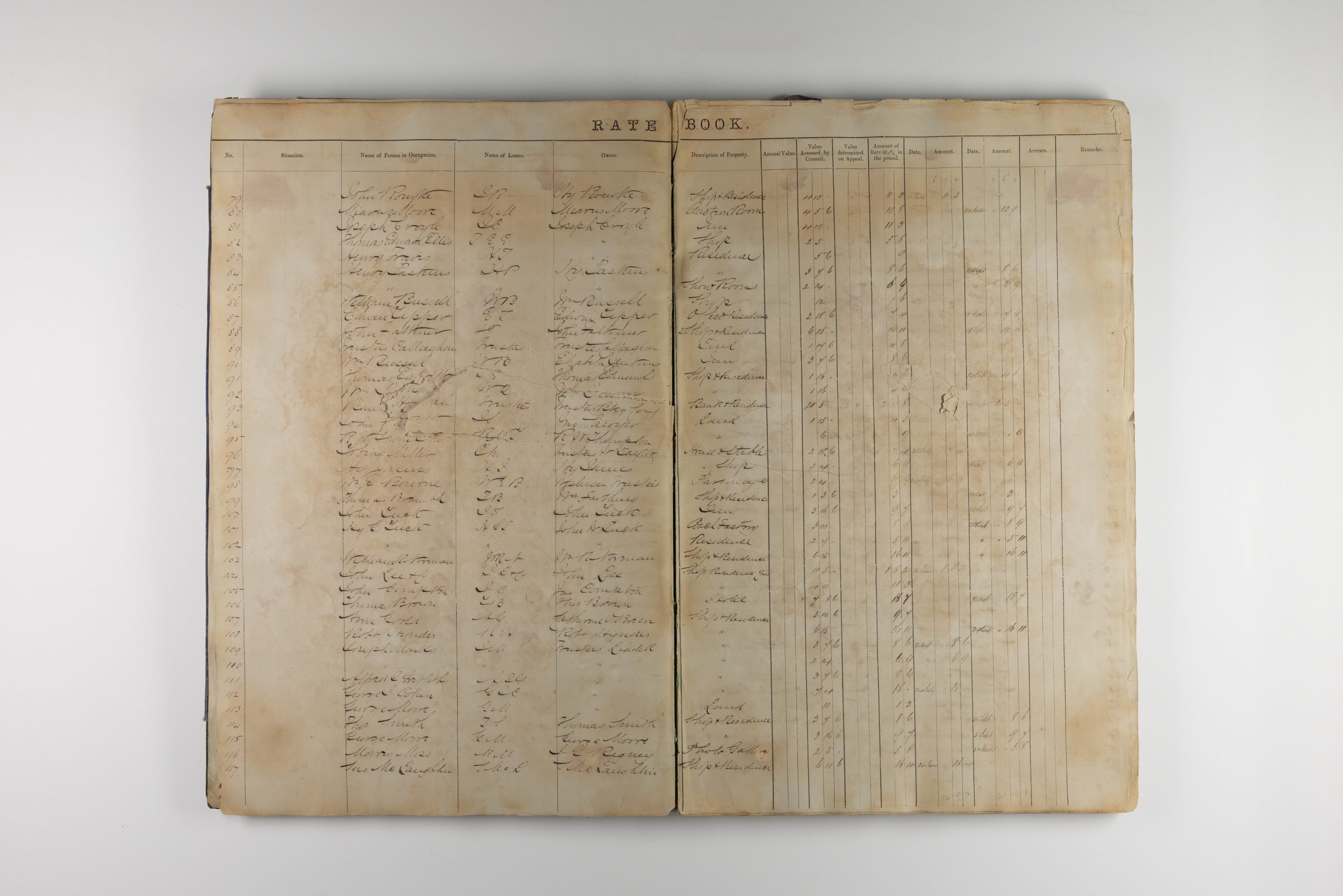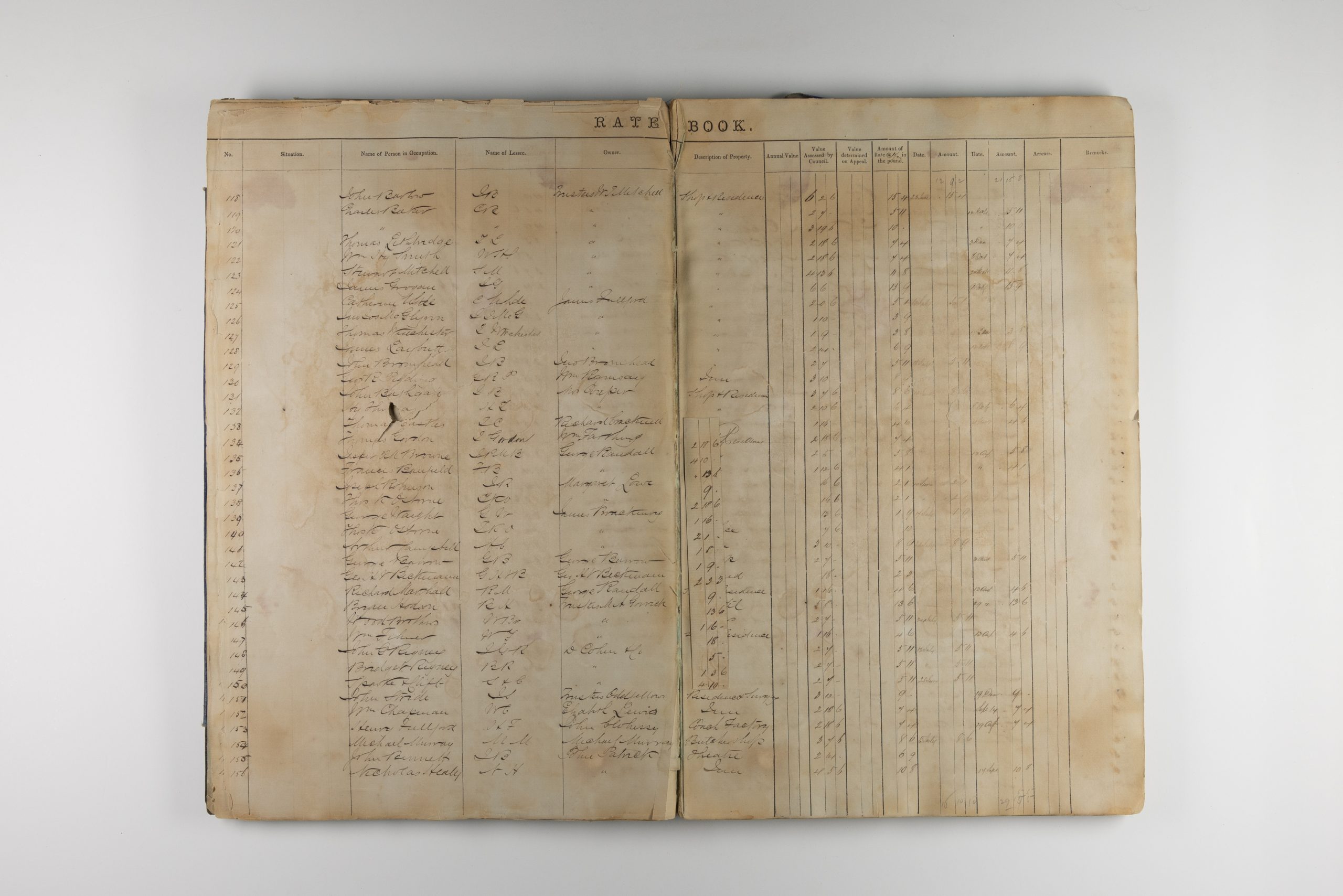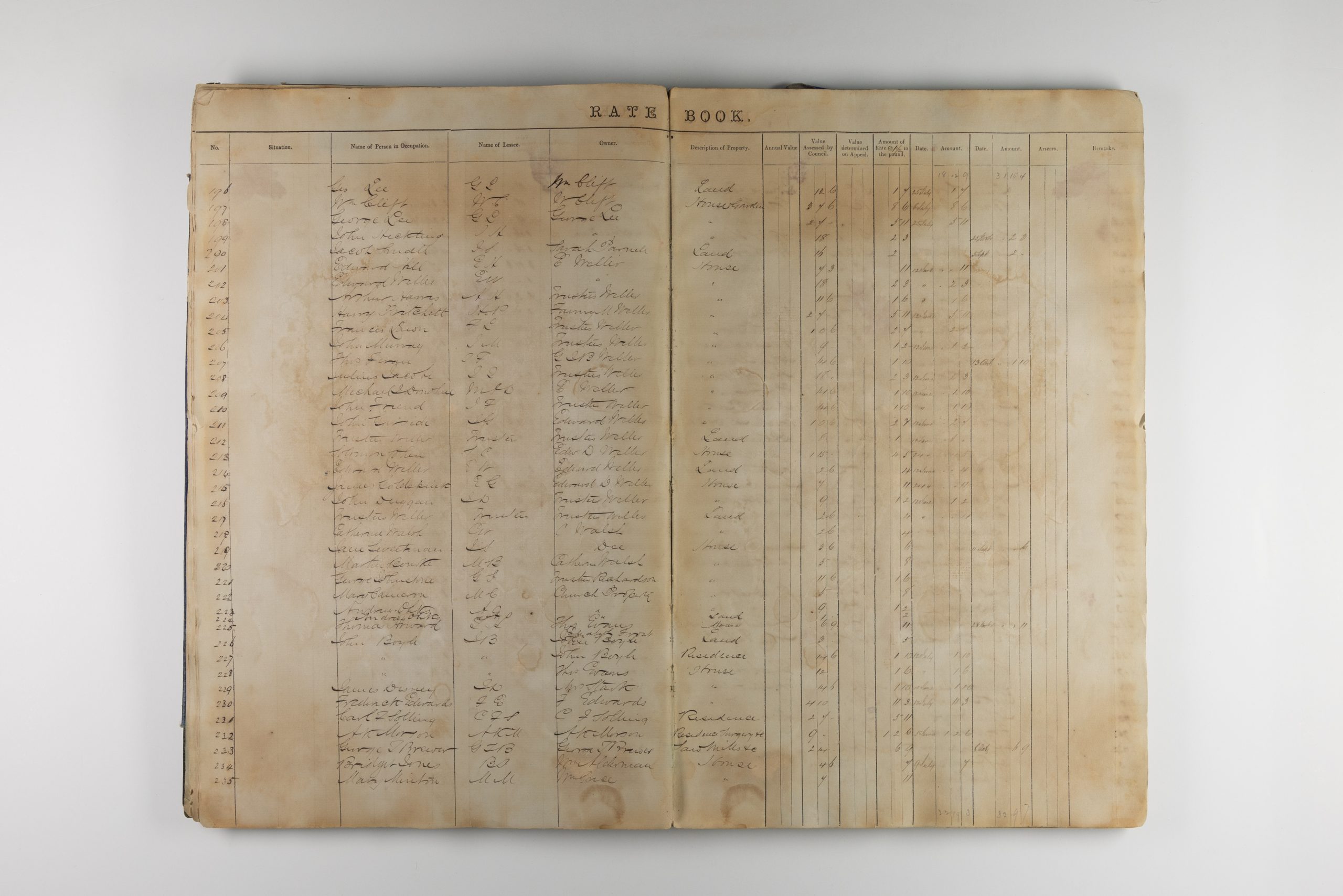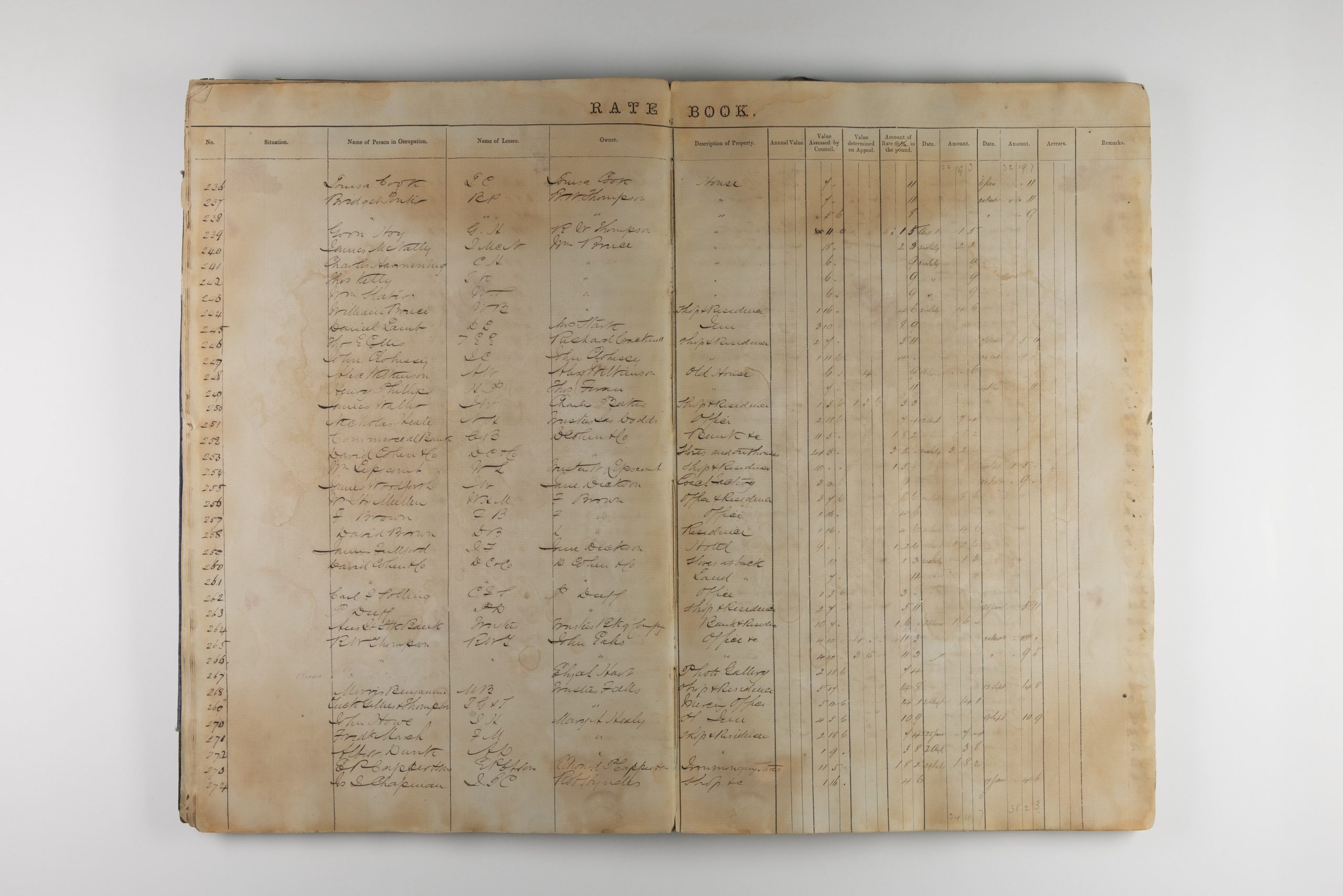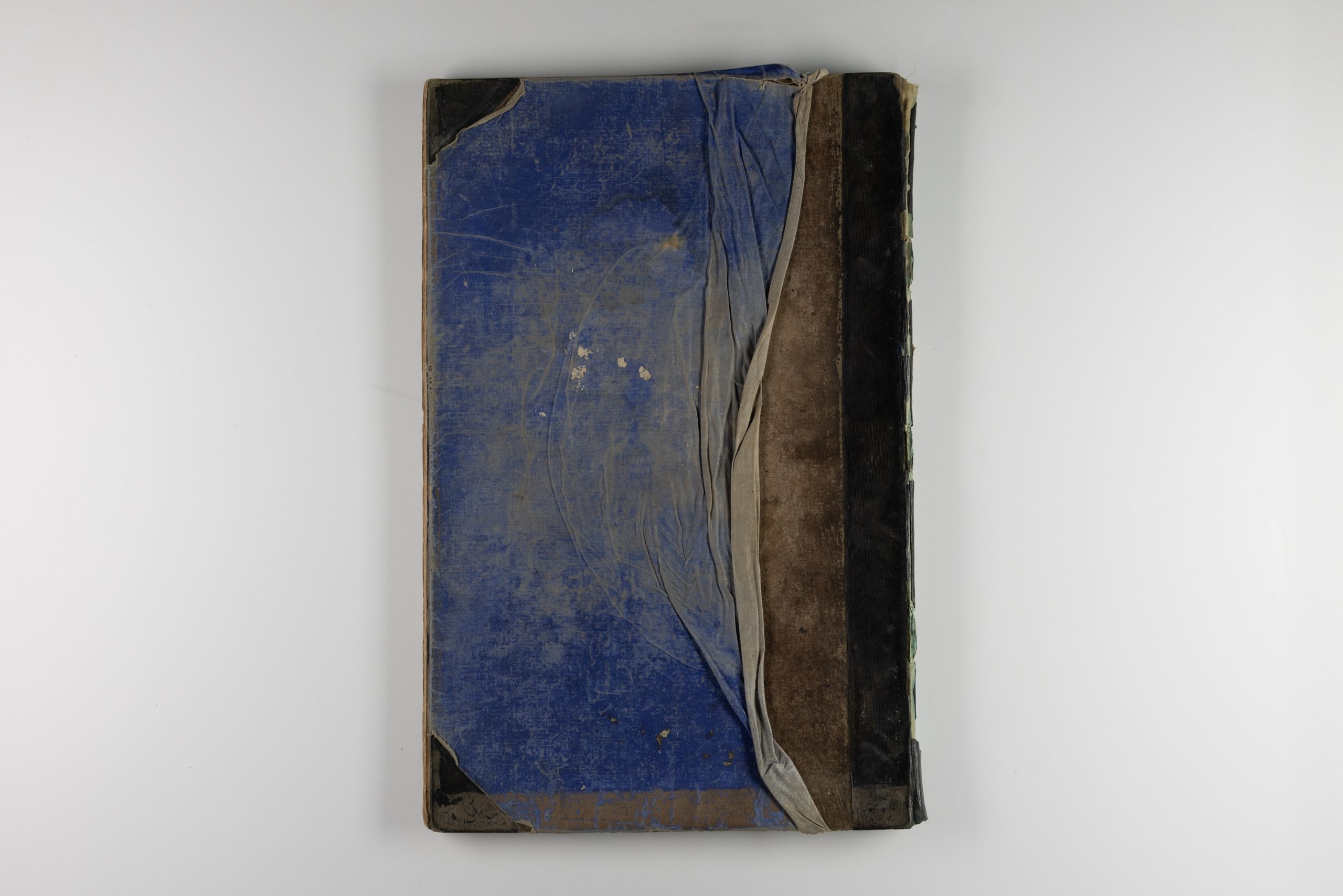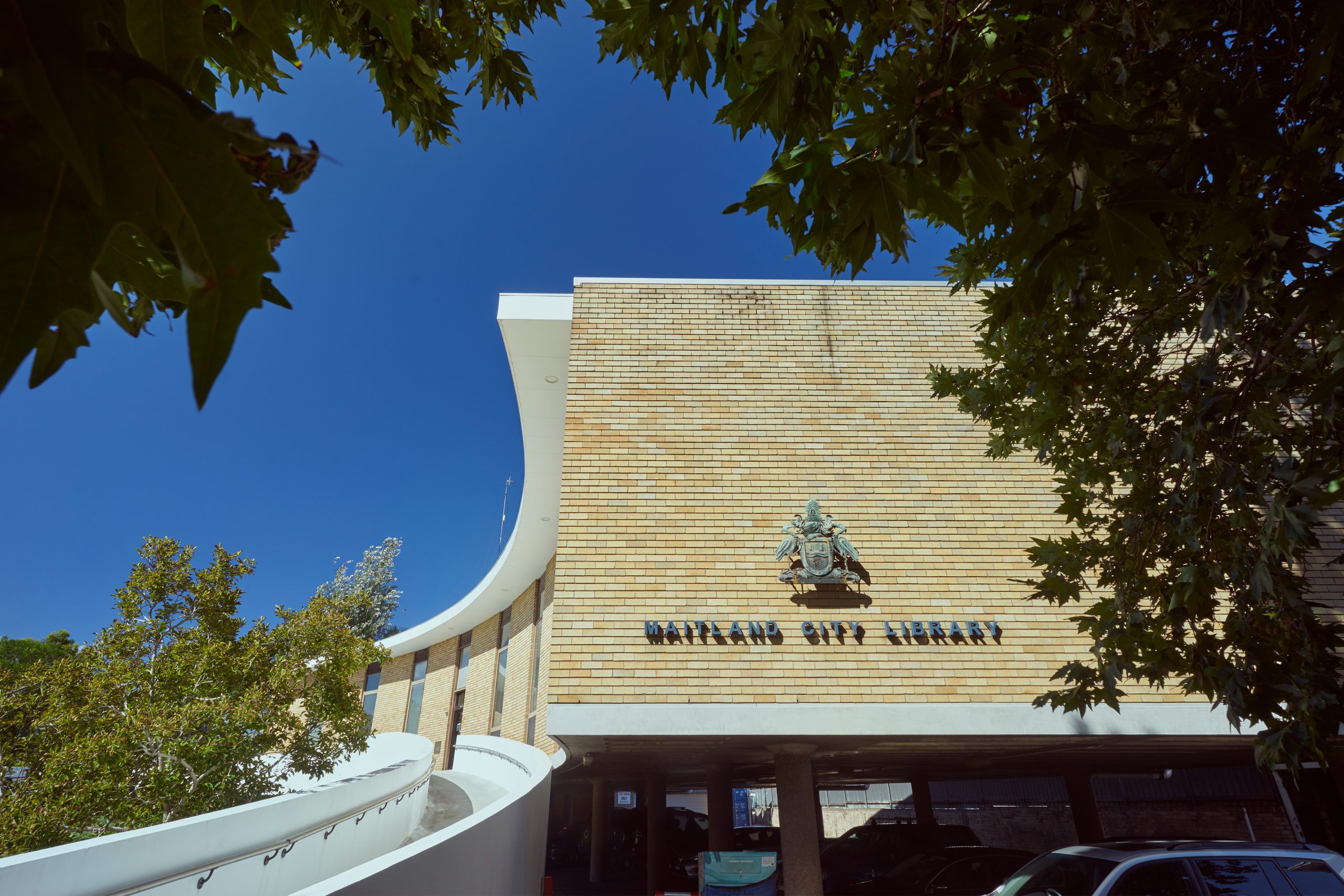User Pays?
Unwelcome Gas Rates for Lighting Up Maitland
In mid-1876 a committee of men from the West Maitland Borough Council assembled to plan the location of the town’s first 25 gas streetlamps. The Council had passed the decision to install lights as early as 1860 and ten years later, the Maitland Gas Light Company was formed to supply the gas. But someone would have to pay for this revolutionary, modern convenience. This rate book of 1878 records the names and details of the residents who eventually paid. But many of them were rather disgruntled.
In May 1876, voicing the concerns of many residents, the Maitland Mercury complained that many residents required to pay the levy would derive no benefit from the lighting. The editor suggested that only the user should pay for this ‘comfort of civilisation’, asking ‘What local advantage has the resident… from gas lighting in a street a mile away from his residence?’
Some residents presented a fiery letter and petition, but the council dismissed it based on its ‘disrespectful language’. One working man also wrote to the Mercury in July ‘… there are matters of greater importance to be considered than levying a special gas tax for the luxury of a few gas lamps’. In response, a supporter of the council’s decision saw the street lighting not as a luxury, but an urgent necessity. After much internal discussion and debate, the council finally resolved in April 1878 ‘that a special rate of three half pence in the pound be levied on the assessed value of rateable property.’ Then the pages of this rate book were filled up with resident’s names and the amounts payable.
Gas street lighting, replacing oil lamps and candles, was first introduced in Australia in 1841, in Sydney, and other cities and large towns followed suit throughout the mid to late nineteenth century. Despite initial resistance to the rates incurred, gas lighting in the streets was eventually accepted as an inevitable technological development and convenience of the modern era.


